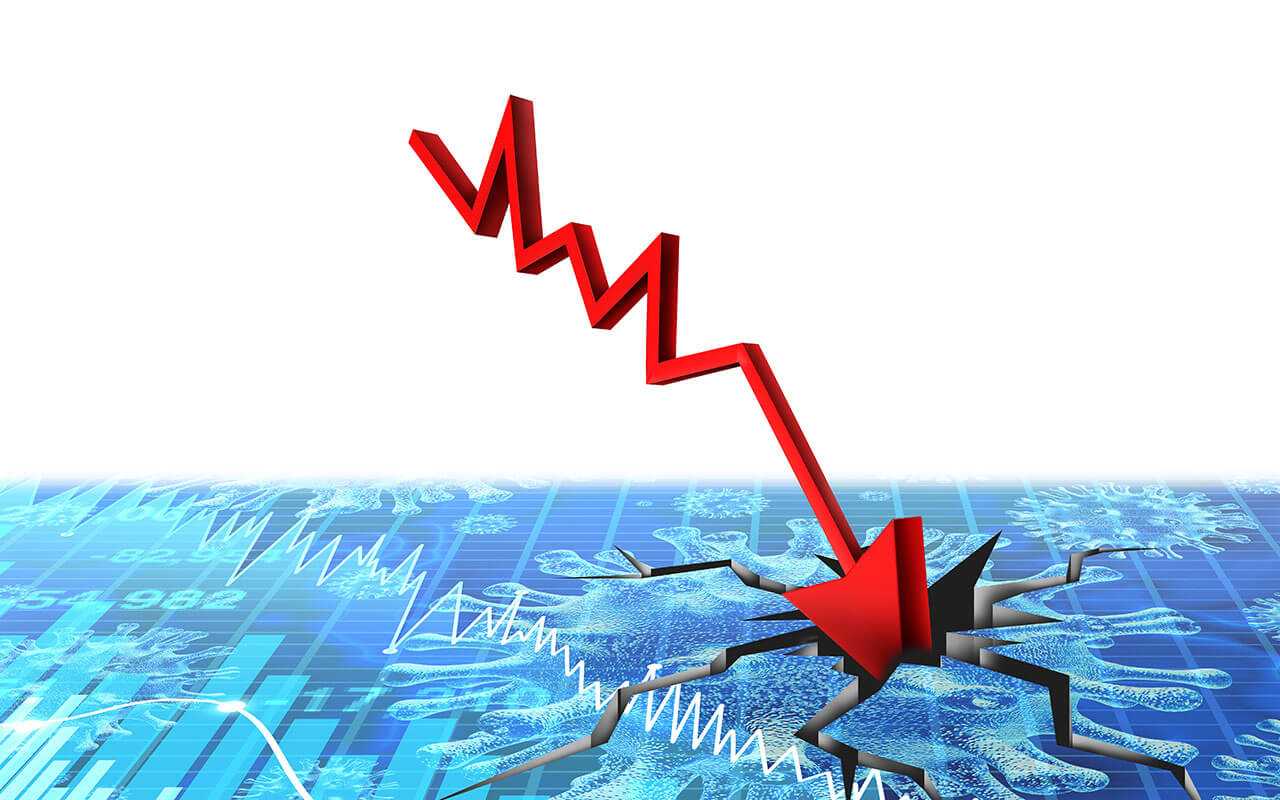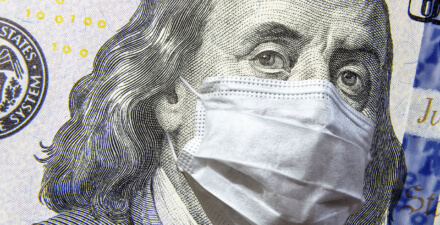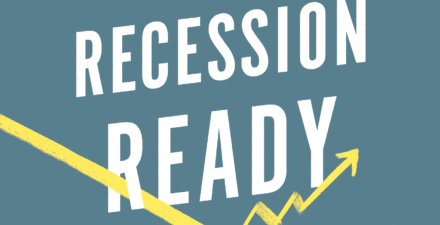Creative economic solutions could help us avoid the next Great Depression

Policymakers across the United States are imposing ever more stringent restrictions on economic and social activities to combat the spread of the new coronavirus. “Flattening the curve” to lower the infection rate to a level that the U.S. healthcare system can handle is important, but it’s not nearly enough. We need to take action immediately to increase the supply of necessary medical equipment and hospital facilities. And we need to protect the economic system from collapse.
Let’s be clear—flattening the curve is not enough to treat all Americans who will become infected and need medical care. Even if our controls were to reduce the rate of infection from 60 percent to 20 percent, 66 million Americans would still be infected, according to the Economic Policy Institute. About 15 percent of those who contract COVID-19 need hospitalization and stay in the hospital for a median of 10 days. That amounts to 10 million hospitalizations in a system with about 350,000 beds. Completing all these hospitalizations in the current system would take approximately nine months.
These numbers beg the question: How can we possibly meet this challenge without comprehensive intervention from the federal government? We cannot.
On March 18, President Donald Trump invoked the Defense Production Act, which enables the federal government to control the production and distribution of materials critical for the national defense, such as face masks and ventilators. This is an excellent first step.
But we need the next step. We also need automakers and other manufacturers that have idled their plants to convert to the production of this needed equipment, as they are now considering. This means identifying needed inputs, sourcing supplies, transferring product designs, moving medical device experts into those factories, and keeping workers on staff.
Yes, we badly need face masks and respirators, but we also need negative-pressure hospital rooms, and the expertise and skills of medical professionals deployed quickly to where they are needed as the coronavirus spreads. There have been reports that ventilator manufacturers have excess capacity. These producers should be mandated to increase production immediately. And with designs and assistance from medical equipment manufacturers, other industries such as the auto industry could shift production to medical supplies.
Hotels in cities hit hardest so far—Seattle reports 10 percent occupancy rates—can step up, as New York City is considering. The federal government should buy or rent the most appropriate ones and turn them into hospitals. Contractors could be taught to build negative-pressure rooms. Medical personnel from different fields could be retrained to support COVID-19 patients. Medical and nursing schools could suspend the current academic year and their personnel could provide online training for healthcare providers to care for patients.
All of these creative solutions not only would dramatically help those who become infected but also provide a means of income for those who will otherwise lose it.
Yet even if our manufacturers and healthcare providers produce a lot of hospital beds and ventilators quickly, restrictions will still be needed on social and economic activity for a while, as California is now instituting alongside a number of other states. The more that sick people stay away from everyone else, the better this works for all of us—and leads eventually to an economic recovery. That means giving people several weeks of sick leave and not making them feel at risk of being able to put a roof over their heads or to feed their children without working while ill.
Yes, a side effect of these necessary restrictions on human activity will be a recession, perhaps sharp and short but probably a much more severe downturn. There is no avoiding it. What is not yet clear is how much economic activity as a whole will need to slow to cause the virus to spread at less than the capacity of our existing health system. Pierre Gourinchas, an economist and professor at the University of California, Berkeley, estimates that a reduction of 50 percent of economic activity for one month and a 25 percent reduction for another month—or through mid-May—will lead to a reduction of GDP growth by 6.5 percent relative to the prior year. His estimate dwarfs the 4.3 percent decline from the fourth quarter of 2007 to the second quarter of 2009 during the Great Recession.
Add another month of 25 percent reduction and the U.S. economy is at a 10 percent reduction in output. Even with expanded health capacity, we will likely need social-distancing restrictions for longer than this.
What’s more, most of this output will never be recovered. People who could not get a haircut for two months are not going to cut their hair twice in the month they can get it cut again. An Uber ride not taken today does not lead to an extra Uber ride in three months.
The federal government can and must take decisive and effective action today so that, once the coronavirus crisis is over, the U.S. economy is in a position to swiftly recover. Policymakers must ensure that people who are laid off from work receive adequate support and that businesses forced to shutter have the credit and support to rapidly resume operations when the crisis subsides. Workers must be given several weeks of paid sick leave so they don’t face a tradeoff between the risk of infecting others and feeding their children. A universal income floor of $1,000 per month for the duration of the crisis—not a one-time payment—is needed, and high wage replacement is required for all those who are thrown out of work, including gig economy workers and those working reduced hours.
Most firms have costs, such as rent and loan payments, that must be paid whether they are open or not. Zero interest credit and/or grants should be extended to firms to ensure they are ready to reopen when restrictions are lifted. If we allow viable firms to become insolvent as a result of this “black swan” crisis, then our economic recovery will be much slower than if we help them to suspend operations temporarily. We can do as Denmark has done, by paying every business 75 percent—or more—of their expenses for the next few months.
A simple way to do this is for every business to continue to pay all of its expenses with the federal government picking up the tab. We cannot complicate or politicize the process. We do so at our collective detriment.
This is going to cost enormous sums of money. The only entity that can borrow that amount is the federal government. The one silver lining in all of this is that the federal government can borrow money right now at very low interest rates. Let’s use this advantage. If we don’t, we’ll be in a hole that could take years to climb out of.
—Scott Shane is the A. Malachi Mixon III Professor of Entrepreneurial Studies; Susan Helper is the Frank Tracy Carlton Professor of Economics and former Chief Economist at the U.S. Department of Commerce; and David Clingingsmith is Associate Professor of Economics—all at the Weatherhead School of Management at Case Western Reserve University.






